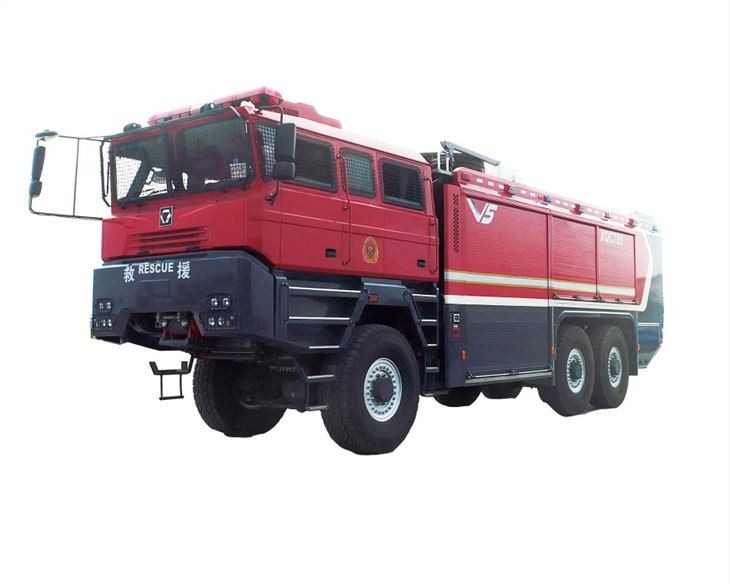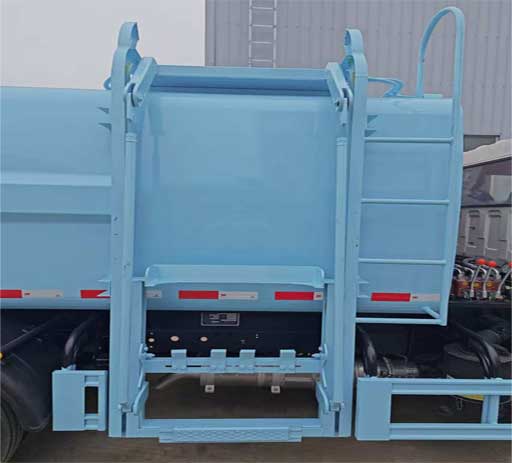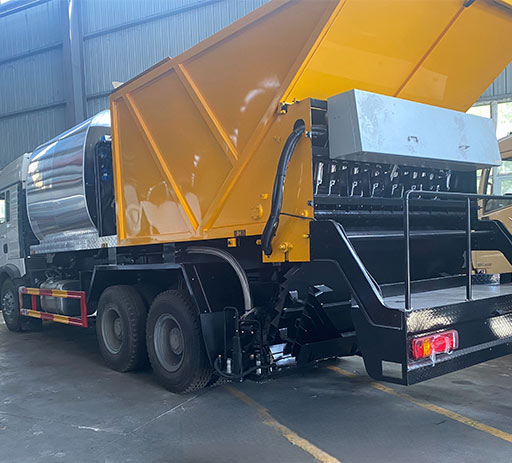Comprehensive Guide to the Bowser Truck: Features, Uses, and Benefits

The Bowser truck is a critical piece of equipment in various industries, particularly in construction, mining, agriculture, and emergency services. Known for its ability to transport liquids like water, fuel, and other fluids, this versatile vehicle is essential for numerous applications. In this guide, we will explore the characteristics of Bowser trucks, their uses, types, maintenance tips, and much more. Whether you are a business owner or seeking to understand more about Bowser trucks, this comprehensive article will provide you with valuable insights.
What is a Bowser Truck?
A Bowser truck is a specialized vehicle designed for transporting various liquids. Commonly used for carrying water, fuel, chemicals, and other liquid materials, these trucks come with a tanker or storage tank mounted on the chassis. Their design and construction allow them to provide safe and efficient transportation under different operating conditions.
History of Bowser Trucks
The origins of the Bowser truck can be traced back to early tankers used for fuel and water transportation. The term “Bowser” is derived from the name of an early manufacturer, Bowser Company, which created some of the first petrol pumps and tankers. Over the years, Bowser trucks have evolved in design and functionality, adapting to the needs of various industries.
Main Features of Bowser Trucks
Bowser trucks come with various features that enhance their functionality. Understanding these features can help potential buyers make informed decisions based on their needs.
Tank Capacity
The tank capacity varies depending on the size and model of the Bowser truck. Most trucks can range from small tanks (100 gallons) to larger tanks (over 10,000 gallons). Choosing the right tank size is crucial depending on the intended use.
Material Construction
Bowser trucks are usually built with durable materials such as stainless steel or high-density polyethylene (HDPE) to prevent corrosion and leaks. The material selected is typically based on the type of liquid being transported.
Types of Tanks
- Single Tank: A tank without divisions, often used for transporting non-hazardous liquids.
- Multiple Compartments: Divided tanks that allow the transportation of different liquids without contamination.
- Insulated Tanks: Tanks designed to maintain the temperature of the contents, commonly used for hot liquids.
Pump System
These trucks usually include a built-in pump system that facilitates the loading and unloading of liquids. The pump can be manual or electric and should be selected based on the fluid being transported.
Safety Features
Safety features such as spill containment, level indicators, and emergency shut-off systems are crucial in Bowser trucks. Ensuring these features are present helps in minimizing risks associated with transporting hazardous materials.
Applications of Bowser Trucks
Bowser trucks serve various industries, each leveraging the vehicle’s capabilities in unique ways.
Agriculture
In agriculture, Bowser trucks are often used to transport water for irrigation. Farmers utilize them to deliver essential water supplies to farms, especially in drought-prone areas.
Construction
Bowser trucks play a significant role in construction sites where they deliver water for mixing concrete and dust control. They ensure that projects continue smoothly without delays due to a lack of water.

Mining Operations
In mining, Bowser trucks transport water for mineral processing and dust suppression. They are vital in ensuring compliance with environmental regulations by controlling dust emissions.
Emergency Services
Fire departments often use Bowser trucks to transport water to areas without hydrants during firefighting operations. Their ability to carry large quantities of water makes them indispensable in emergencies.
Types of Bowser Trucks
Various types of Bowser trucks are available, tailored to meet different needs.
Water Bowsers
Water bowsers are designed to transport clean water for various applications, including construction, fire fighting, and agricultural use.
Fuel Bowsers

Fuel bowsers are specialized for transporting gasoline, diesel, and other fuel types. These trucks are critical in industries that require on-site fuel delivery.
Specifications of Fuel Bowser Trucks
| Specification | Details |
|---|---|
| Tank Material | Steel or Aluminum |
| Pump Type | Electric or Manual |
| Tank Capacity | Up to 10,000 liters |
Chemical Bowsers
Chemical bowsers transport various hazardous and non-hazardous chemicals. These trucks feature specialized tank materials to handle corrosive substances securely.
Key Considerations for Buying a Bowser Truck
When purchasing a Bowser truck, several factors should be taken into account to ensure that the right vehicle satisfies your needs.
Determine Your Needs
Consider the liquids you plan to transport and the necessary tank size. Assess whether you need a single tank or a divided tank for multiple liquids.
Compliance and Regulations
Ensure that the Bowser truck meets local regulations and safety standards mandated by regulatory bodies. This is particularly important for vehicles transporting hazardous materials.
Budget
Establish a clear budget before shopping for a Bowser truck. Consider both the initial and ongoing costs, such as maintenance, fuel, and insurance.
Brand and Model Research
Research different brands and models, read reviews, and seek recommendations to find a reliable Bowser truck. Reputation and after-sale service quality are critical factors.
Maintenance Tips for Bowser Trucks
Regular maintenance is essential to ensure the longevity and efficiency of your Bowser truck. Here are some maintenance tips to consider.
Regular Inspections
Conduct regular inspections of the tank, pump systems, and safety features to detect any potential issues early. Look for signs of wear or leaks and address them promptly.
Cleaning the Tank
Regularly clean the tank to avoid contamination. If transporting food-grade liquids, ensure that the tank is sanitized and free from residues from previous loads.
Pump Maintenance

Keep the pump in optimal condition by lubricating moving parts and replacing worn-out components as needed. Follow the manufacturer’s guidelines for pump care.
FAQs About Bowser Trucks
What type of liquids can a Bowser truck transport?
A Bowser truck can transport various liquids, including water, fuel, chemicals, and more, depending on its design and capacity.
Is it possible to customize a Bowser truck?
Yes, Bowser trucks can be customized to meet specific needs, such as adjusting the tank size, adding compartments, or integrating advanced pumping systems.
How often should I perform maintenance on my Bowser truck?
Regular maintenance should be done every 3-6 months, depending on usage. Additionally, conduct inspections before and after every use.
What safety features are essential in a Bowser truck?
Essential safety features include spill containment systems, level indicators, and emergency shut-off mechanisms to prevent accidents while transporting hazardous materials.
Are Bowser trucks fuel-efficient?
Fuel efficiency varies by make and model; however, regular maintenance can optimize fuel usage and overall efficiency of the Bowser truck.
Can I use a Bowser truck for multiple liquid types?
Yes, many Bowser trucks have divided tanks that allow the transportation of multiple liquid types without cross-contamination.
